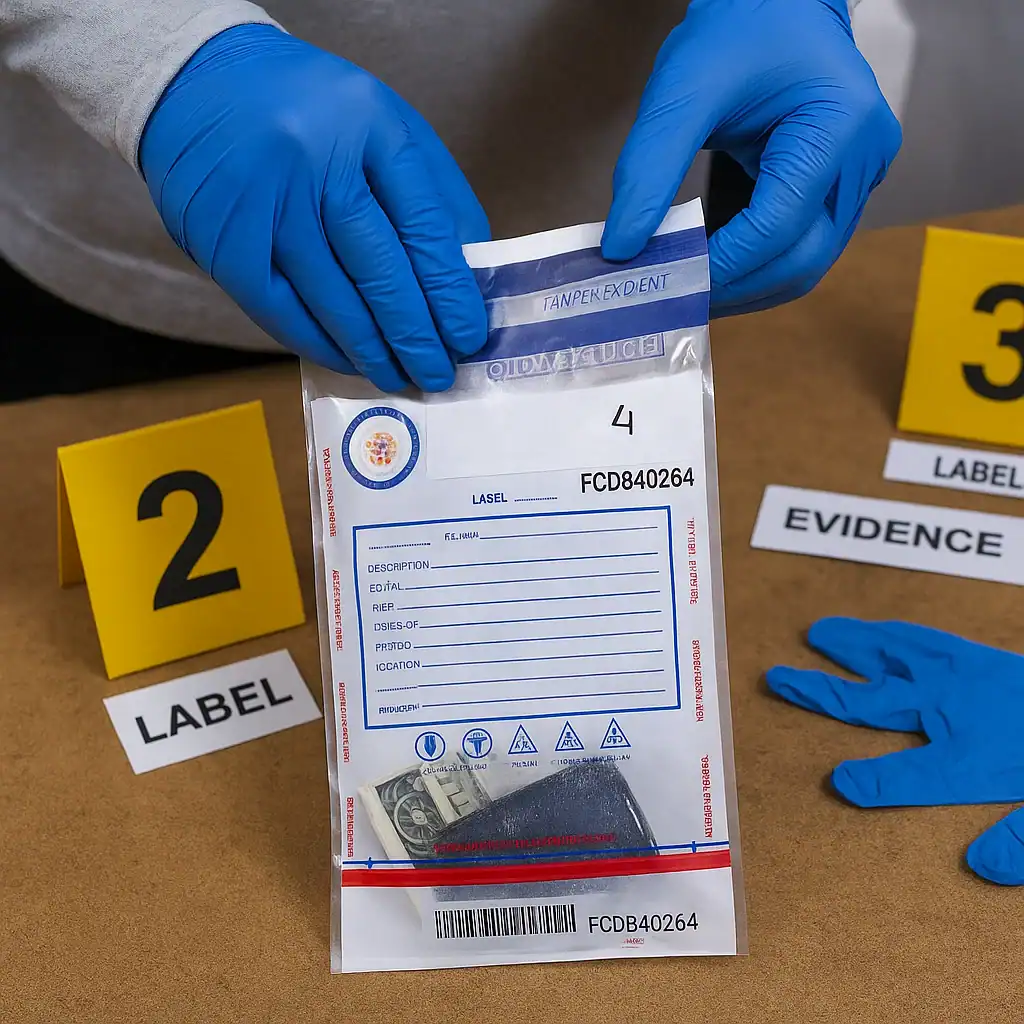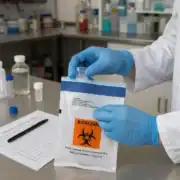How Police Evidence Bags Protect Crime Scene Integrity
Introduction
Police evidence bags are vital tools for law enforcement. They keep crime scene items safe from tampering, contamination, and loss. Each bag is designed to maintain the chain of custody, which records who handled the evidence and when. A single mistake — like a broken seal or missing label — can make evidence inadmissible in court.
Tamper-evident materials and secure seals protect the evidence’s integrity from the scene to the courtroom. Using the right bag also helps investigators trust that every item remains in its original condition. Police departments use different types and sizes of bags to protect various evidence, ensuring safety and traceability throughout the investigation.
Types of Evidence Bags
Plastic Evidence Bags
Plastic evidence bags are strong, waterproof, and transparent. Officers can see what’s inside without opening them. These bags are ideal for dry items such as documents, weapons, or narcotics. Many have built-in seals that show a clear “VOID” message if tampered with. They also include serial numbers or barcodes for tracking and auditing.
Paper Evidence Bags
Paper bags are best for biological or wet evidence. Because they breathe, moisture can escape, preventing mold or DNA damage. Officers usually seal them with tamper-evident tape and sign across the seal. While paper isn’t waterproof, it keeps biological samples stable.
Choosing the Right Type
Plastic and paper bags both safeguard evidence, but each serves a specific need. Police often use one bag per item to prevent contamination. Selecting the correct material is key to preserving forensic value.
Key Features of Tamper-Evident Bags
Modern evidence bags are designed for security and traceability.
Main features include:
-
Tamper-evident seal: Displays “VOID” or color change if opened.
-
Unique serial number: Ensures traceability in custody logs.
-
Writable label area: Records case ID, item, collector, and time.
-
Durable film or kraft paper: Prevents tearing and leaks.
-
Optional pouch or receipt: Keeps forms attached and trackable.
These features make evidence bags reliable tools for protecting truth and transparency.
Proper Use and Chain of Custody
-
Label Before Use: Record case details before inserting evidence.
-
Seal Immediately: Use adhesive or tape and sign across the seal.
-
One Bag per Item: Avoid mixing evidence to prevent confusion.
-
Handle Biological Samples Carefully: Let them dry before sealing.
-
Record Every Transfer: Maintain custody logs and serial numbers.
Each action proves that the evidence remained safe and unchanged.
Conclusion
Police evidence bags are more than simple containers — they are proof of integrity. Proper use ensures evidence remains authentic, traceable, and admissible in court.
Manufacturers like Adsure Packaging provide tamper-evident security bags that meet global law enforcement standards. Their products help investigators keep the chain of custody secure from start to finish — protecting truth, justice, and public trust.







